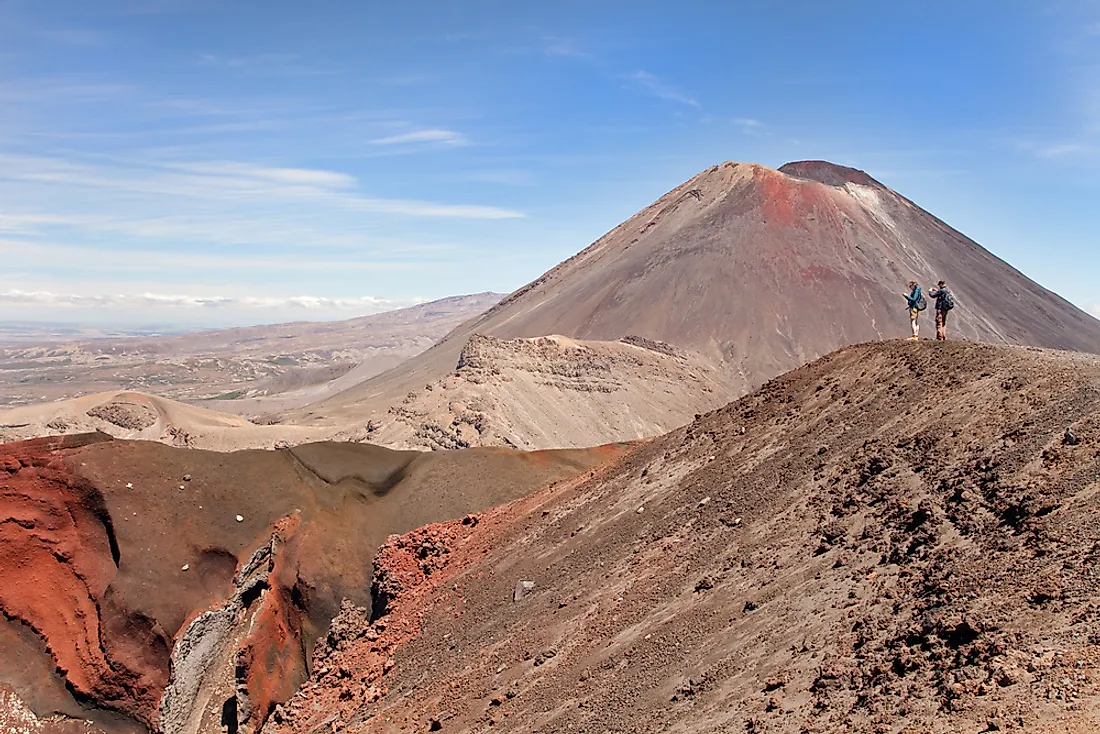What Is Tephra?

Tephra is the fragmental bits of materials that are produced and flung out by a volcanic eruption. They come in many sizes and are of different compositions, but they all fall into one group, Tephra sizes range from minuscule ash particles to large pieces of rocks that can weigh up to 30 tonnes. Geologists at times refer to them as pyroclasts.
How Is Tephra Formed?
Volcanoes erupt with considerable force that propels all types of materials into the air, and these materials are composed of ash which is produced by the combustion of rocks by the intense heat. It is also comprised of tiny rock fragments that loosely lie around the mouth of the volcano and lastly the materials thrown out are the huge rocks that are dislodged from the floor and the walls of the volcano by the force of the eruption. Depending on their sizes and the force of the eruption, tephra gets thrown to great distances. The heavy ones usually fall near the source of the eruption within a 1-mile radius, and the slightly smaller ones can be thrown up to 60 miles away while the ash can stay suspended in the atmosphere for years before settling down to the ground.
The Classification Of Tephra
Tephra fragments are classified into three groups based on their sizes. The first category is ash which is made up of particles that are less than 0.08 inches in diameter, and they take the longest time to reach the ground and have long-lasting implications on the environment. The second category is called Lapilli which is made of materials that are between 0.08-2.5 inches in diameter. These are relatively large particles that can cause considerable physical damage. The last category is the volcanic bombs which comprise of materials that are larger than 2.5 inches in diameter and they are a significant hazard and cause the most damage.
Hazards
Tephra carries a lot of risks when they are thrown out near places inhabited by both animals and plants. Ejected materials in the air get electrically charged and end up acting as conduits for lightning, people in the past have fallen victim to lightning strikes caused by volcanic clouds. The large rocks thrown out at high ballistic speeds can be fatal for anyone unfortunate enough to be in their range. The ash produced in a volcanic eruption is the most hazardous of all the materials. It interferes with waves in the air disrupting communication signals for telephone lines, radios, and televisions. The ash can also mix with rain and fall as acid rain which is dangerous to plant life as well as humans, the 1815 eruption of Tambora produced ash that destroyed crops around the mountain that lead to a severe famine that killed 80,000 people. The ash also reduces visibility in the area, and this could cause accidents on both the road and the air if traffic is allowed to move without the necessary supervision. Airplanes caught up in a volcanic ash area tend to have most of their parts damaged.











